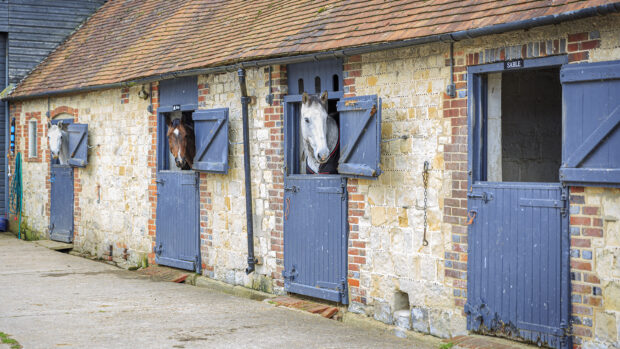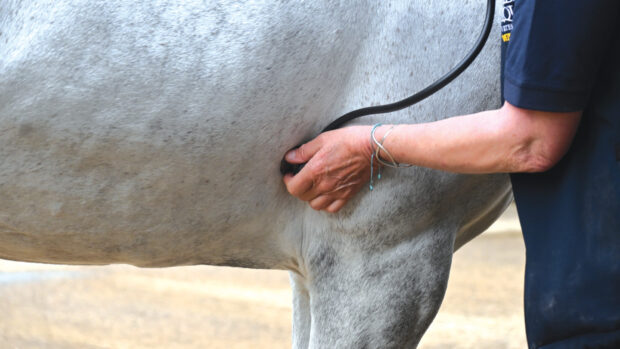MITIGATING the real risk of spreading equine disease and so protecting our horses’ welfare is a team effort, in which we all have a role, experts agree.
British Equestrian’s (BEF) equine infectious disease action group (EIDAG) has released a guide for its member bodies and organisers, and for general use, on reducing the risk of transmission.
The group of nine volunteers was set up in autumn 2019, the year of the major equine flu outbreak in the UK, and comprises experts in equine infectious disease and medicine.
“The recent EHV [equine herpes virus] outbreak in Europe clearly demonstrated what is possible with a collaborative approach between horse owners, member bodies, veterinary practitioners, industry advisers and organisers,” said group chair Celia Marr. “We managed the situation promptly so there were no linked cases on home soil, but without us working together, the situation could have been much worse.
“We hope the guidance notes are the catalyst for instilling the principles of biosecurity and their importance for all who interact with equines, be they grassroots or professionals. Getting the key messages across, education and practical advice is crucial to reducing transmission risk and keeping disease in our equine population in check.”
The guidance, which is available online, is based on 10 “pillars” of infectious disease management, which organisers can follow. These include education, risk communication, vigilance and biosecurity practice, as well as sharing information.
Based on compliance and practices in place, events can run at gold, silver or bronze standard, or a combination, to show potential participants their level of biosecurity.
The guide also contains information on a number of diseases present in Britain.
BEF chief executive Jim Eyre said: “On behalf of the equine industry, I’d like to thank Celia and members of the EIDAG. Their selfless work and dedication towards producing this document and assistance during the EHV outbreak in Europe is commendable. This document paves the way for better biosecurity and education for all involved in equestrian activity and will only help to keep our horses safe from disease. I look forward to working with the group towards the next step.”
Dr Marr added: “Infectious disease is with us all time, but the welfare of our equines and mitigating the risk of transmission is a team effort. Responsibility lies with all of us in the equine community to work together and play a part.”
The British Equine Veterinary Association (BEVA) worked with the BEF on the guide, which will provide consistency in advice and protocols.
BEVA health and medicines committee chair David Rendle told H&H: “Equestrian competitions and gatherings present a major threat to equine health and welfare, as highlighted by the recent outbreaks of EHV in Spain that spread across mainland Europe.
“These guidelines facilitated the rapid response that helped to protect UK horses during that outbreak. Implementation of the guidelines will reduce the risk and potential impact of future disease outbreaks.”
You might also be interested in:

Riders should apply Covid principles at shows to also protect against spread of EHV
“We’ve all learned the importance of protecting each other during the pandemic – now we need to apply the same

New boss for British horse sport was ‘avid’ Pony Club member
“It is clear there are as many challenges as there are opportunities, and a key focus must be to help

Equine flu vaccinations reminder one year after major outbreak

Subscribe to Horse & Hound magazine today – and enjoy unlimited website access all year round
Horse & Hound magazine, out every Thursday, is packed with all the latest news and reports, as well as interviews, specials, nostalgia, vet and training advice. Find how you can enjoy the magazine delivered to your door every week, plus options to upgrade your subscription to access our online service that brings you breaking news and reports as well as other benefits.



